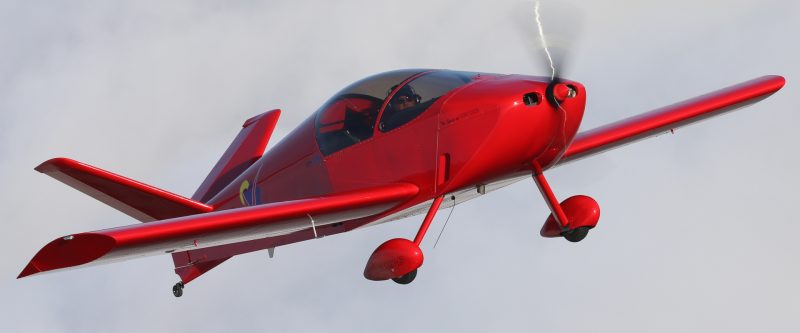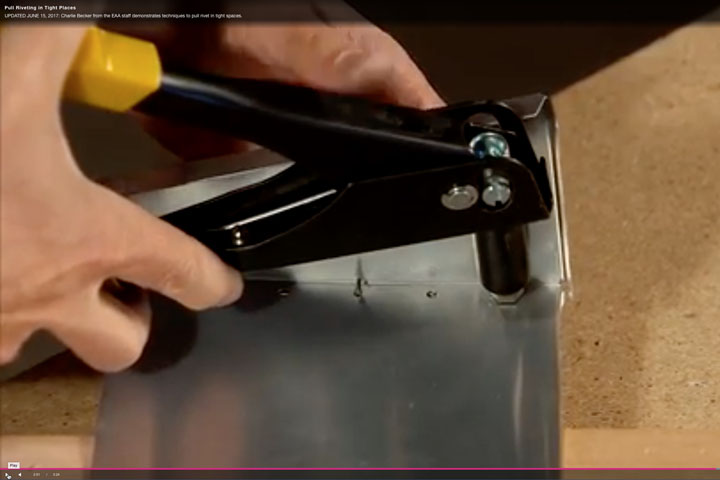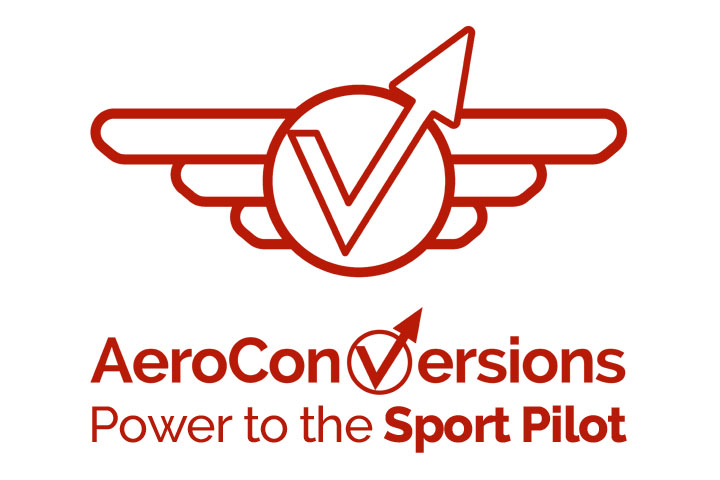
We recently received a pretty interesting email here at Sonex regarding many of the “unconventional” aesthetic features of our designs. Form definitely follows function with our aircraft and beauty is in the eye of the beholder. If you forget preconceived ideas of what an aircraft is supposed to look like, you’ll quickly realize that a Sonex Aircraft is quite beautiful to a molecule of air! Further, many of our features are just plain practical, keeping our aircraft simple and easy to build, and keeping your building costs as low as-possible. Here’s the message we received, candid and (mostly) very complimentary:
I’m a 63 year old retired vet that has/had enough health problems to prevent me from passing my Class 3 physical. Since the advent of the Sport Pilot certificate, I’ve been surfing the net in search of a single Light Sport Aircraft (LSA) that could support multiple missions. One of my favorite sites to visit is Barnstormers, that is where I saw my FIRST Sonex. My first thought was, “man, that has GOT to be one of the U G L I E S T aircraft I’ve EVER seen!” That was quite some time ago and you guys have come a long way since then. However, I have a confession to make. Again, In MY opinion, your aircraft are, by far, STILL some of the “ugliest” aircraft I’ve EVER seen. Because of that, anytime I came across one for sale, new OR used, I would skip it, not even taking the time to read the details, let alone look at the pictures. Well, MANY months ago, I began taking an interest in motor-gliders comparing the advantages of having one those vs. a regular LSA. A couple weeks ago I ran across a Xenos for sale and how much they wanted for it. I figured I had nothing to use, so I at least read the details. I was IMPRESSED, to say the least, and that spurred me into visiting your site!! I STILL think it lacks a lot to be desired in the looks department, but a lot of things can be overlooked when taking into consideration the specifications, versatility and VERY reasonable pricing of your aircraft. So, I owe you, your company, and all of your employees a HUGE apology! From this point on, I will NEVER discount an aircraft because it doesn’t fit the mold of what I think an LSA/Glider should look like, and trust me, ANYONE even remotely considering purchasing an aircraft should put your aircraft at the top of their list!
Here’s some of the method behind our “ugly” madness:
- Sloped windshield: contributes to lifting body characteristics in the aircraft’s performance. If you compare the wing area of one of our airplanes vs. their actual demonstrated stall speeds, you’ll see that standard stall speed calculations don’t jive with what the airplane can do — that’s due to the lifting body’s effect on performance.
- Sloped windshield (continued): allows us to use a flat-wrap of Lexan polycarbonate for the windshield, which is fantastic for bird strike protection of the occupants.
- Boxy shape with square corners: This is all about keeping the aircraft super simple to build while keeping parts count and parts cost low. The whole airplane is a box with fairings, so no jigs or fixtures are required to build. We build fuselages on saw horses (even when building Quick Build Kits here at the factory) and use simple tools like a framing square to check that everything is straight. The wings have no washout because they are rectangular in planform and therefore stall root-first without washout, so again, we can build wings on a flat table or even on a pair of sawhorses.
- Small, machined combination spinner/prop crush plate: Stays on the airplane! You only have to experience a traditional sheet metal or fiberglass spinner flying past your canopy at 150 mph once to realize you don’t want to experience THAT again.
- Small, machined combination spinner/prop crush plate (continued): allows direct access of cooling air to where it’s needed most: the cylinders and heads. The smaller engines we use have a more narrow engine block and don’t have the cylinders spaced so far apart.
- Control surfaces hinged on one side: Creates a natural gap seal with our use of piano hinge, keeping air from transitioning from one side of the control surface to the other. Piano hinge is awesome stuff — we use it for everything! This installation also greatly simplifies the trailing edge structures of wings and stabilizers, and simplifies construction of the control surfaces.
So go ahead, name another “ugly” feature, and we’ll tell you why it’s built that way and why it’s actually a beautiful thing!










